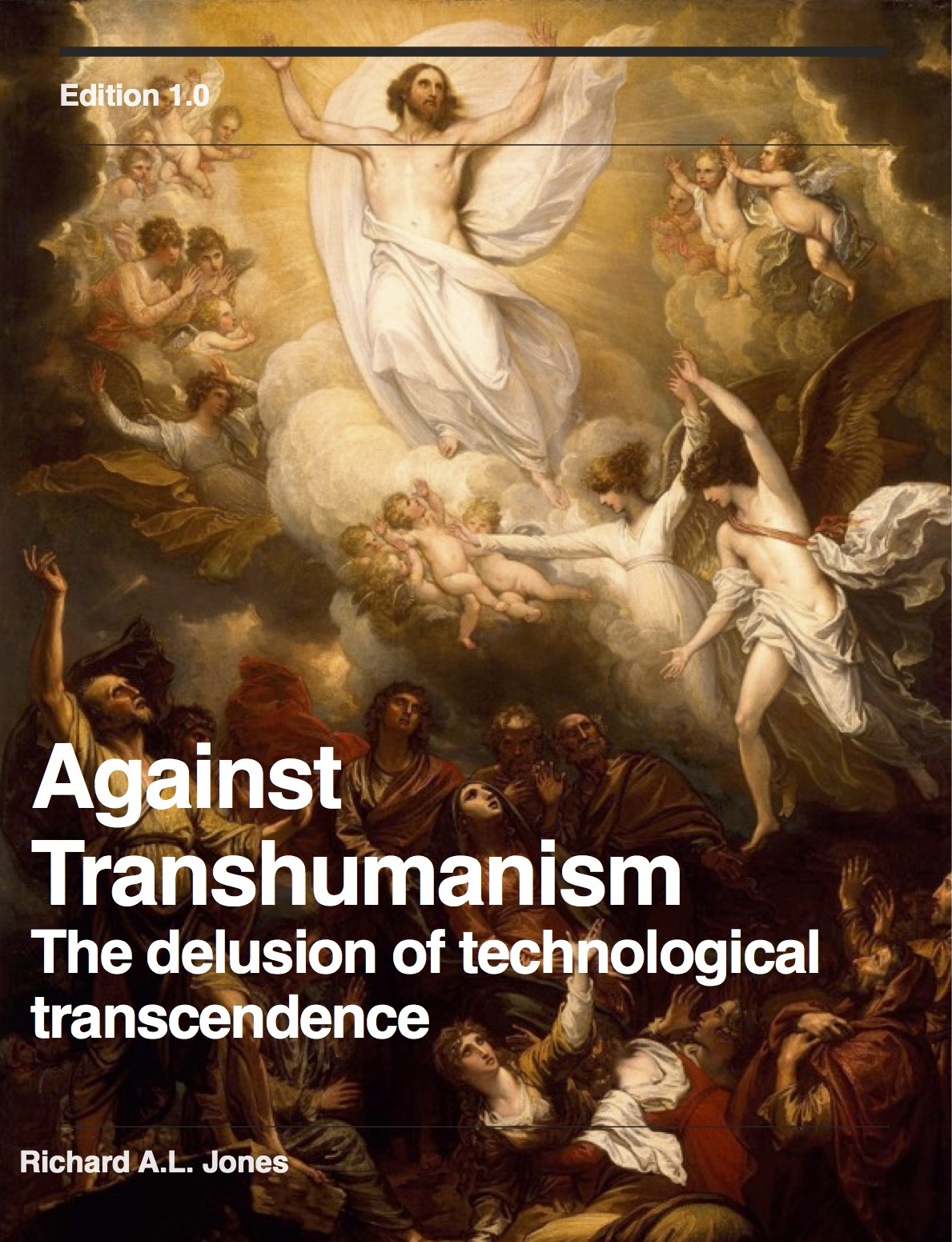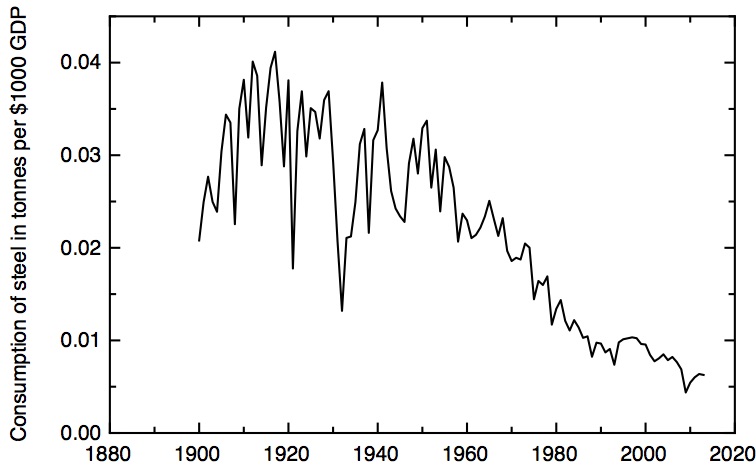How fast can electric cars take over from fossil fuelled vehicles? This partly depends on how quickly the world’s capacity for manufacturing batteries – especially the lithium-ion batteries that are currently the favoured technology for all-electric vehicles – can expand. The current world capacity for manufacturing the kind of batteries that power electric cars is 34 GWh, and, as has been widely publicised, Elon Musk plans to double this number, with Tesla’s giant battery factory currently under construction in Nevada. This joint venture with Japan’s Panasonic will bring another 35 GWh capacity on stream in the next few years. But, as a fascinating recent article in the FT makes clear (Electric cars: China’s battle for the battery market), Tesla isn’t the only player in this game. On the FT’s figures, by 2020, it’s expected that there will be a total of 174 GWh battery manufacturing capacity in the world – an increase of more than 500%. Of this, no less than 109 GWh will be in China.
What effect will this massive increase have on the markets? The demand for batteries – largely from electric vehicles – was for 11 GWh in 2015. Market penetration of electric vehicles is increasing, but it seems unlikely that demand will keep up with this huge increase in supply (one estimate projects demand in 2020 at 54 GWh). It seems inevitable that prices will fall in response to this coming glut – and batteries will end up being sold at less than the economically sustainable cost. The situation is reminiscent of what happened with silicon solar cells a few years ago – the same massive increase in manufacturing capacity, driven by China, resulting in big price falls – and the bankruptcy of many manufacturers.
This recent report (PDF) from the US’s National Renewable Energy Laboratory helpfully breaks down some of the input costs of manufacturing batteries. Costs are lower in China than the USA, but labour costs form a relatively small part of this. The two dominating costs, by far, are the materials and the cost of capital. China has the advantage in materials costs by being closer to the centre of the materials supply chains, which are based largely in Korea, Japan and China – this is where a substantial amount of the value is generated.
If the market price falls below the minimum sustainable price – as I think it must – most of the slack will be taken up by the cost of capital. Effectively, some of the huge capital costs going into these new plants will, one way or another, be written off – Tesla’s shareholders will lose even more money, and China’s opaque financial system will end up absorbing the losses. There will undoubtedly be manufacturing efficiencies to be found, and technical improvements in the materials, often arising from precise control of their nanostructure, will lead to improvements in the cost-effectiveness of the batteries. This will, in turn, accelerate the uptake of electric vehicles – possibly encouraged by strong policy steers in China especially.
Even at relatively low relative penetration of electric vehicles relative to the internal combustion energy, in plausible scenarios (see for example this analysis from Imperial College’s Grantham Centre) they may displace enough oil to have a material impact on total demand, and thus keep a lid on oil prices, perhaps even leading to a peak in oil demand as early as 2020. This will upend many of the assumptions currently being made by the oil companies.
But the dramatic fall in the cost of lithium-ion batteries that this manufacturing overcapacity will have other effects on the direction of technology development. It will create a strong force locking-in the technology of lithium-ion batteries – other types of battery will struggle to establish themselves in competition with this incumbent technology (as we have seen with alternatives to silicon photovoltaics), and technological improvements are most likely to be found in the kinds of material tweaks that can easily fit into the massive materials supply chains that are developing.
To be parochial, the UK government has just trailed funding for a national research centre for battery technology. Given the UK’s relatively small presence in this area, and its distance from the key supply chains for materials for batteries, it is going to need to be very careful to identify those places where the UK is going to be in a position to extract value. Mass manufacture of lithium ion batteries is probably not going to be one of those places.
Finally, why hasn’t John Goodenough (who has perhaps made the biggest contribution to the science of lithium-ion batteries in their current form) won the Nobel Prize for Chemistry yet?

